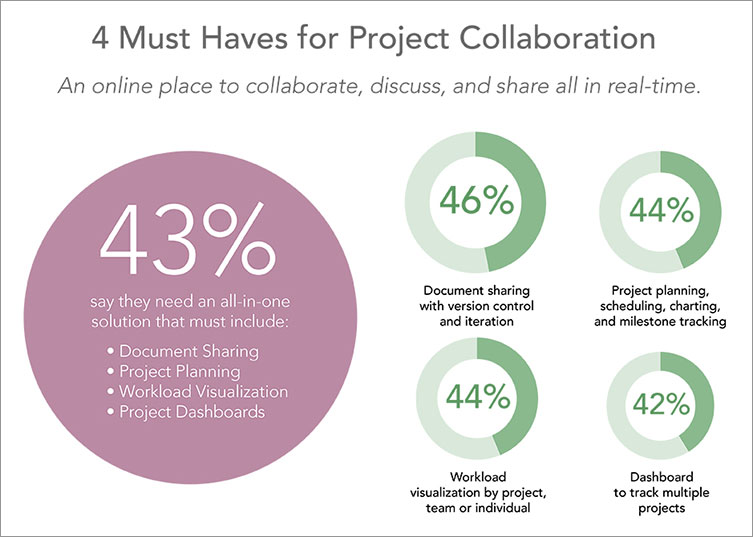
“Hello, my name is ____ and I’m addicted to email.” For a lot of people, this isn’t really so much an addiction as just a day-to-day reality that ends up sucking hours out of our days and weeks out of years. Instead of connecting teams, tools like email make it more difficult to stay focused on top priorities.
But collaborating across multiple departments, geographies, and time zones isn’t simply an American or European problem – it’s a global issue. Ever wonder just how much time you waste with outdated tools, such as email, spreadsheets, and the telephone? Appleseed Partners, on behalf of Planview, surveyed 200 project managers from Sweden, Norway, Denmark, the UK, Germany, and the Netherlands. They also surveyed 200 people based in North America who manage or participate in projects. Citing collaboration issues, they found:
- European project managers waste up to three hours a week or 20 working days a year.
- U.S. respondents waste more than 7 hours per week per person, adding up to 350 hours, or nearly 9 weeks per year.
We can all agree that using too many tools – in some instances as many as 4.5 tools to manage projects – creates too much complexity. Even more worrisome is that a lot of teams – 33% of those surveyed – aren’t even using the same tools. The bottom-line: disconnected tools mean disconnected, frustrated teams.
One point both European and North American project managers can agree on – there is a big need for an all-in-one online solution.
A perfect solution, they say, would include these four must haves for better project collaboration:
- Document sharing with version control and iteration to keep track of actions (46 percent)
- Project planning, scheduling, charting, and milestone tracking (ex. Gantt charts and Kanban boards) to keep people connected (44 percent)
- Workload visualization by project team or individual to identify overcommitted team members (44 percent)
- A dashboard to track multiple projects to easily access updated information (42 percent)
Clearly, both continents want to move away from chaos toward completing projects on time, on budget, and at a high quality. Instead of causing stress and wasting time and salary on inefficient collaboration practices, they would rather increase morale and gain transparency. For a deeper dive into the project collaboration requirements, read Jason Morio’s blog on Projectlab titled: Four Project Collaboration Solution Requirements.





